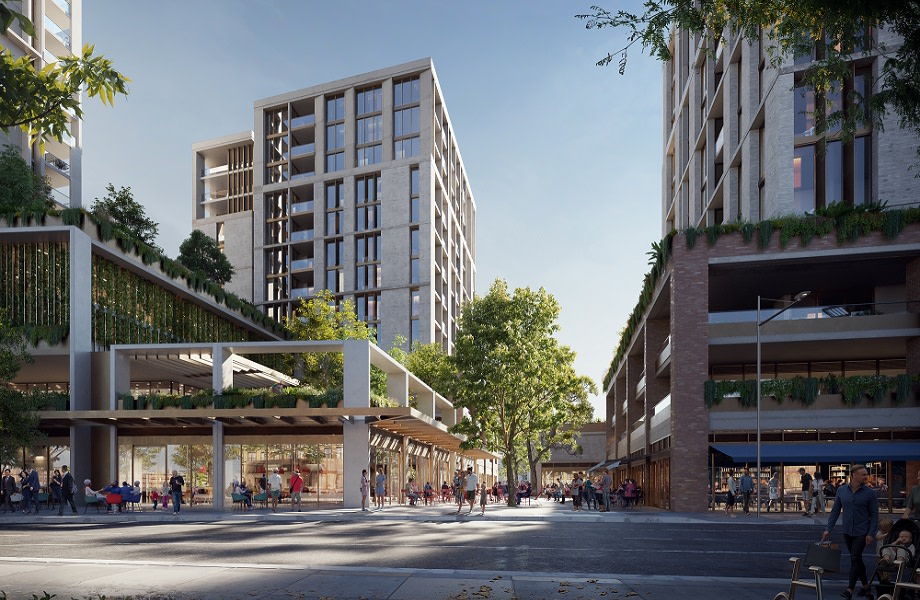Flaw Masking Sydney Housing Supply Shortfall

Sydney is facing chronic housing undersupply, driven in part by how home targets are set, the Property Council of Australia has warned.
Analysis showed several districts in Greater Sydney were struggling to deliver enough housing and failing to meet targets, PCA NSW executive director Luke Achterstraat said.
“Each year that the home targets are not met exacerbates this deficit and worsens the affordability crisis,” Achterstraat said.
The dwelling targets for each district do not account for the previous year’s shortfall.
“Crucially, the current targets do not incorporate the deficit into demand, meaning that there is an underlying deficit that can persist, even when targets are achieved,” Achterstraat said.
The PCA is calling for the delivery of housing above the target demand to account for the deficit.
“At a minimum, housing targets must be met to avoid the deficit increasing,” Achterstraat said.
Development might even be curtailed in these areas if there was a review of flood zoning and the serviceability of new sites, Achterstraat said.
The NSW government has expanded the accelerated infrastructure fund to help councils with the costs of trunk infrastructure for potential residential sites and has also put in $500 million into initiatives for faster approvals, assessments and rezoning land.
“In order to keep pace with future demand, western Sydney requires the delivery of 25,530 dwellings per year—and we are presently 6000 homes short of this number,” Achterstraat said.

The PCA’s report also said an increase in uptake of greenfield lots would place constraints on the housing supply as less land would be available for development.
In the five years prior to 2022, there were just two years where Greater Sydney exceeded its housing targets, delivering more than 42,000 houses in the 2017-18 and 2018-19 financial years.
The target for each year was 36,250 houses.
Multi-unit dwellings made up more than 70 per cent of the housing delivered in both years with 30,150 units in 2017-18 and 29,815 units in 2018-19.
Nearly 80 per cent of the LGAs in Greater Sydney also managed to meet their targets in those years.
Despite greenfield opportunities in Western Sydney being popular, the report also said that focusing on districts outside Western Sydney to deliver housing would help mitigate the undersupply problem.
Achterstraat said greenfield development was not the only answer.
“As greenfield housing opportunities decline, we will need stronger partnerships between state and local government to promote the careful planning and renewal of the region's town centres,” Achterstraat said.
“New housing in existing communities supported by fresh infrastructure and additional services has the opportunity to improve everyone's quality of life.”















